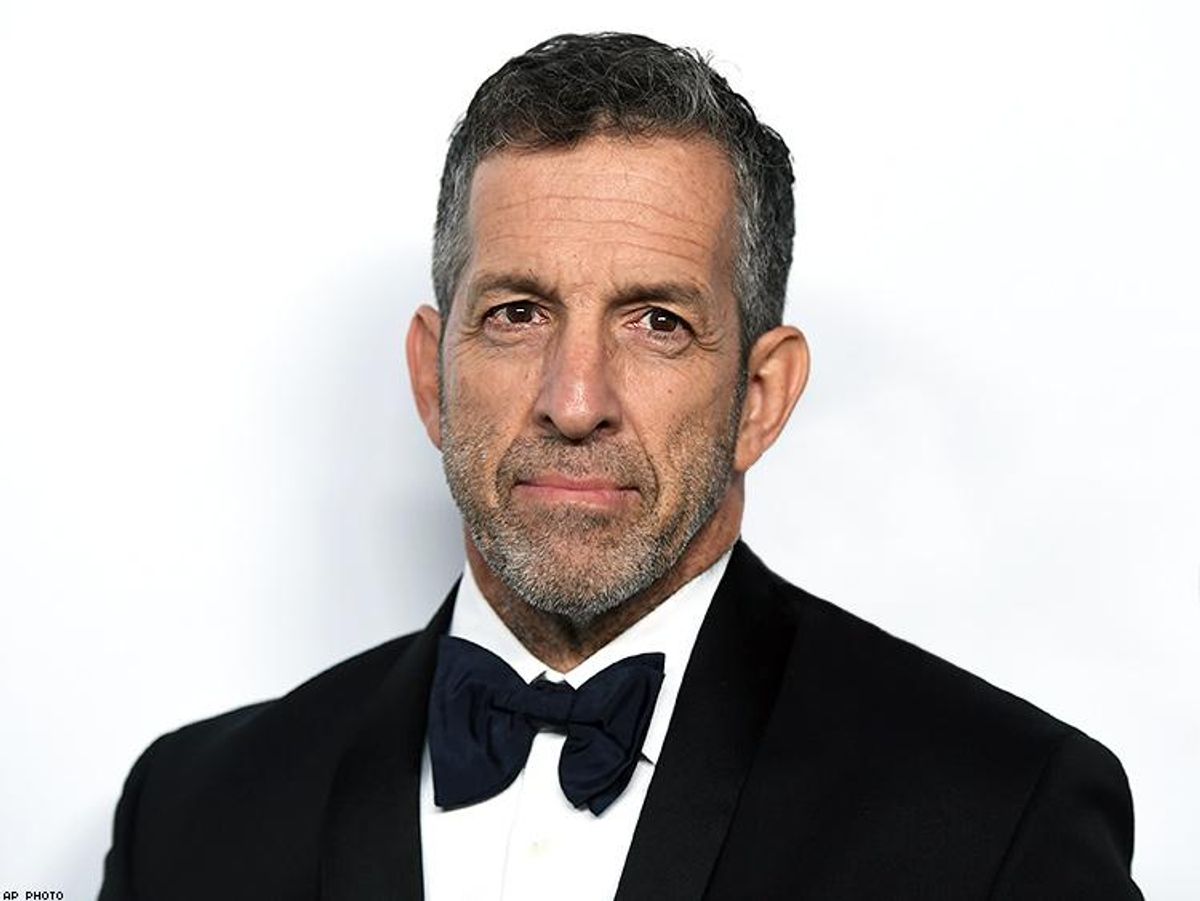Treatment
We Have 13 Years to End AIDS

Or, Kenneth Cole’s End AIDS Coalition warns, we’ll face a new pandemic of deaths.
October 23 2017 4:00 AM EST
By continuing to use our site, you agree to our Privacy Policy and Terms of Use.

Or, Kenneth Cole’s End AIDS Coalition warns, we’ll face a new pandemic of deaths.
Earlier this year, out fashion designer Kenneth Cole launched an effort to end the epidemic: the End AIDS Coalition, which will be run by Tom LaSalvia, who formerly served on the President’s Emergency Plan for AIDS Relief under President Obama.
La Salvia’s passion for HIV activism was born when he was in his 20s, fueled by the memory of those he loved and lost to AIDS complications. LaSalvia recalls “the political and social environment of the epidemic in the ‘80s and early ‘90s, when our political and social leaders were unresponsive at best. Stigma and discrimination against people with AIDS or at risk of HIV infection — as I was — was rampant. Those were horrible times.”
Now he’s applying that same passion to the End AIDS Coalition, which is part of a growing effort to prevent new AIDS diagnoses around the globe by 2030. Last year, the United Nations General Assembly adopted, by consensus, the “Political Declaration on the Fast-Track to End AIDS.” Reaching that goal requires the world to acheive specific targets by 2020, and the statement sets out time-bound goals and actions member states agree to attain.
The End AIDS Coalition was founded to support that declaration, LaSalvia says, and to “hold countries and the global and regional AIDS organizations charged with meeting these targets accountable.”
“Time is of the essence,” LaSalvia reiterates. “We must get ahead of the epidemic in the next three to five years before a new and larger adolescent population becomes at-risk of infection.”
He fears if we miss those targets and fail to prevent people with HIV from entering the end-stage of the disease, we’ll instead see a new pandemic of AIDS-related deaths. “If we don’t make it by 2030,” he says, “we may be looking at a global epidemic far beyond the one we witnessed in the ‘80s and ‘90s.”
At least, LaSalvia argues, the landscape has changed dramatically since those early days. “Patient activism… was born out of the inaction and lack of compassion in the ‘80s. People from all walks of life demanded access to, and input on, decisions related to patient care as well as the fundamental research and scientific discovery process. AIDS activism became a model for patient and community input.”
LaSalvia says we “have the end of the epidemic within sight — an incredible accomplishment given where we started.” New discoveries are continuing, “at a pace we never thought possible,” he adds. “The fact that a preventive vaccine and a functional cure may be on the near horizon makes it even more important that we stay focused on the critical path to ending the epidemic.”
Ultimately, LaSalvia argues, we’re at a crossroads: Either we’ll end AIDS or a new wave of AIDS-related deaths will rock the globe. Which will it be?
La Silvia knows which future he hopes wins out. “As a father,” he says, “I am passionate about ending this epidemic in our lifetime and protecting and saving our children and their parents around the world. Over two million people [contract] HIV every year and over a million people still die of AIDS, despite the fact that we have the tools and medicines to prevent this. I’m passionate about ending this epidemic because, working together, and in new ways, we can.”